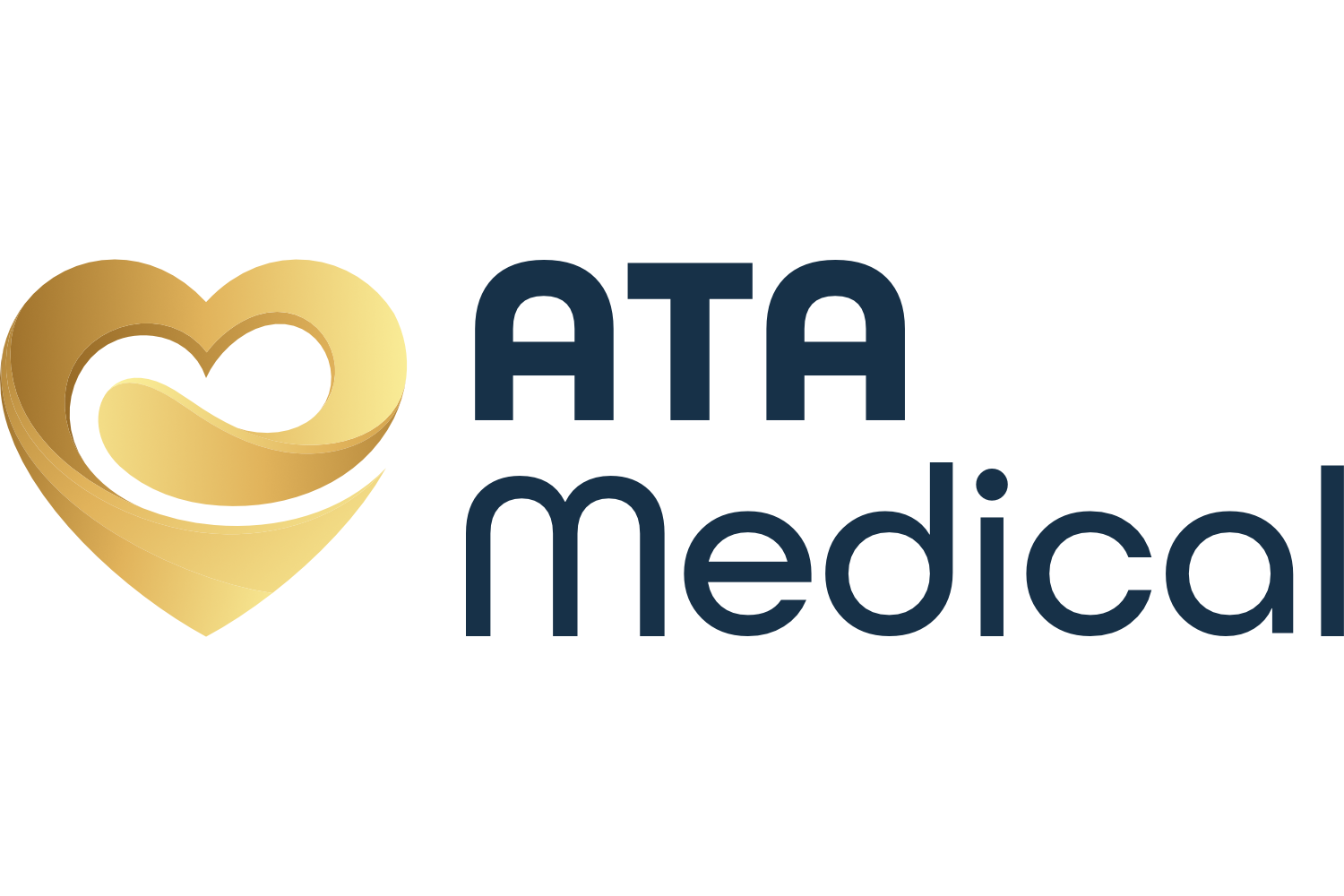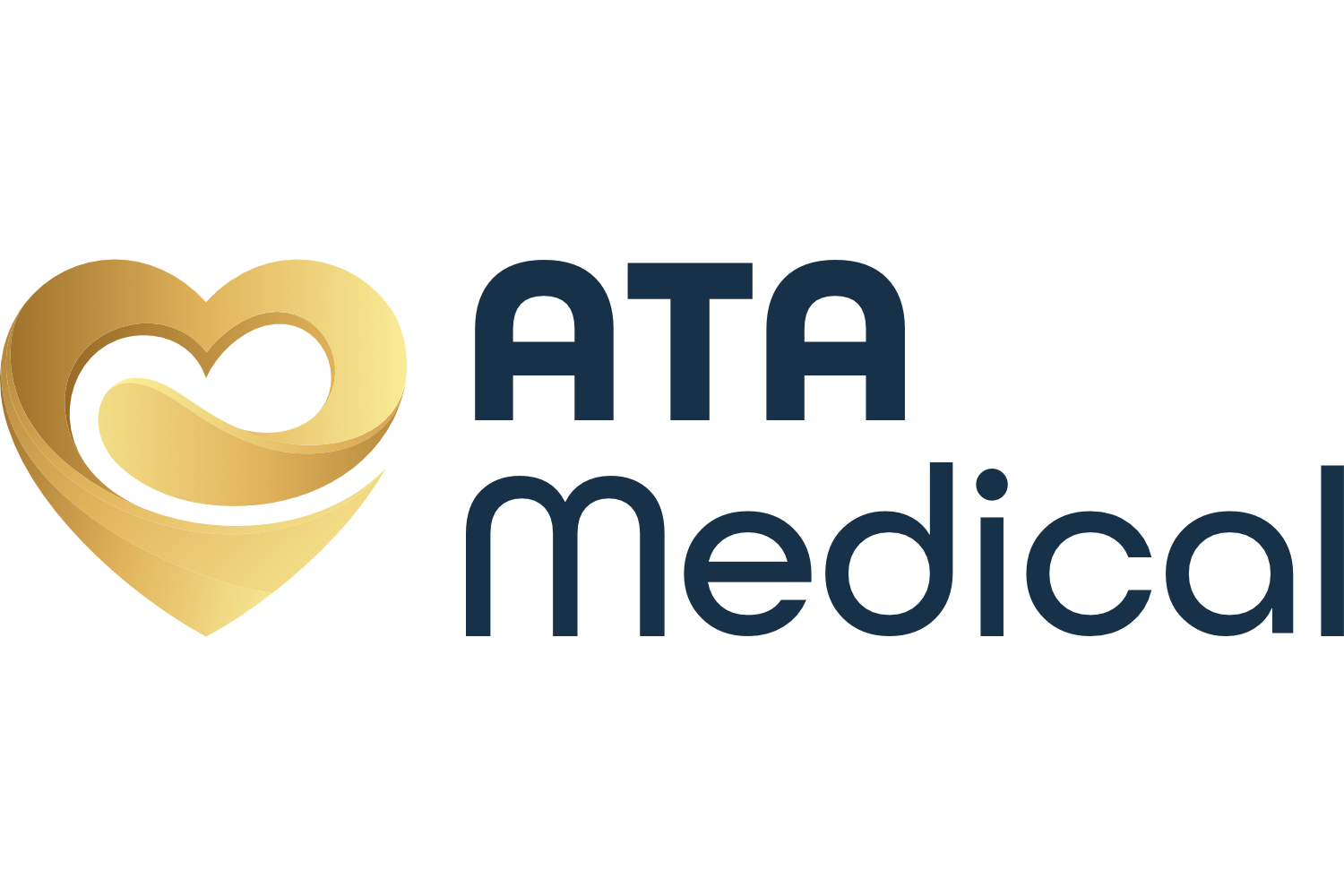Liver elastography is a non-invasive imaging technique used to
measure liver stiffness, which can indicate the presence of
liver fibrosis caused by chronic liver disease.
Unlike traditional biopsies that require surgical tissue extraction, this
method uses sound waves or magnetic pulses to assess liver elasticity.
It is a useful tool for diagnosing and monitoring liver
conditions and supports early detection of liver
disease.
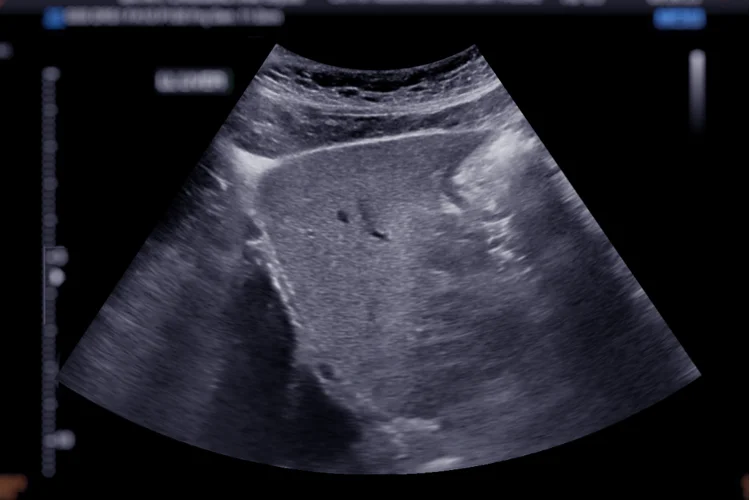
What Is Liver Stiffness?
Liver stiffness refers to how firm or elastic liver tissue is, with increased stiffness often indicating damage or disease. Damage from chronic hepatitis, fatty liver disease, or excessive alcohol consumption can lead to fibrosis, where liver cells become scarred and hardened. Advanced fibrosis may progress to cirrhosis, significantly impairing liver function and posing serious health risks, including liver failure, portal hypertension, and liver cancer.
- Low Stiffness: Indicates a healthy or minimally affected liver.
- Moderate Stiffness: Suggests mild to moderate fibrosis, which may call for lifestyle changes or treatment.
- High Stiffness: Signals severe fibrosis or cirrhosis, requiring urgent medical care.
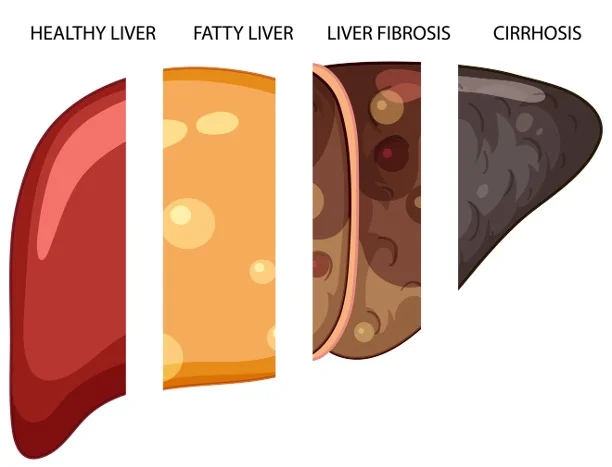
Type of Liver Elastography
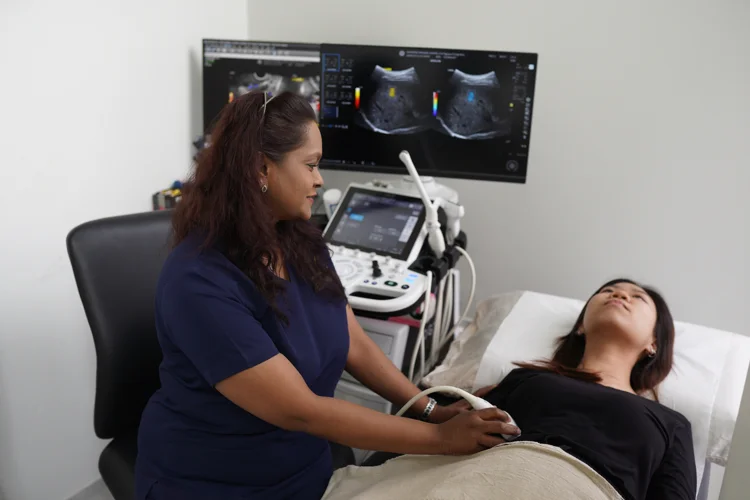
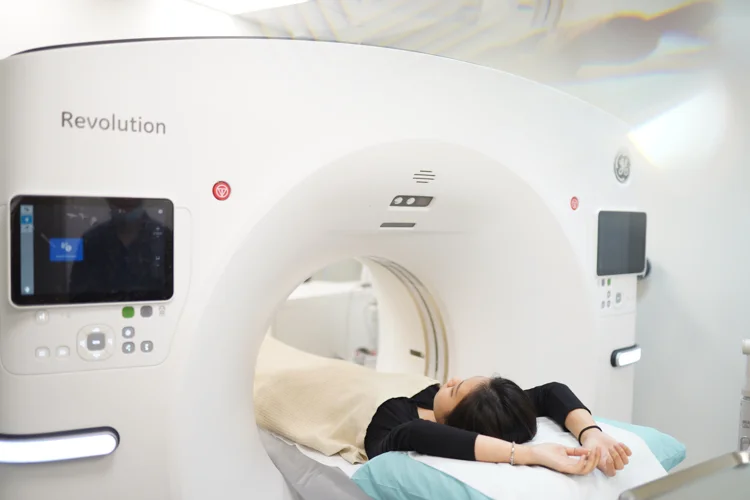
There are two main types of liver elastography:
- Ultrasound-Based Elastography: Utilises ultrasound technology to send sound waves into the liver, measuring their speed to evaluate tissue stiffness.
- Magnetic Resonance Elastography (MRE): Combines MRI scanning with sound waves to create detailed images of liver stiffness over a larger area, allowing for more precise detection of changes in the liver.


Who Is a Liver Elastography Recommended for?
Liver elastography is recommended for individuals with chronic liver conditions such as hepatitis B or C, fatty liver disease, or those at risk of cirrhosis. It serves as an additional non-invasive diagnostic tool to provide more detailed insight into liver health, especially for individuals with elevated liver enzymes or signs of liver damage detected through liver function blood tests.
Liver Elastography Procedure
Liver elastography is a straightforward and painless procedure that typically involves the following steps:
- Preparation: Before the procedure, you may be advised to fast and avoid certain medications to ensure accurate readings. Specific instructions may vary based on the type of elastography and individual needs.
- During the Test: For ultrasound-based elastography, you will lie on an examination table while a handheld transducer emits sound waves for imaging. For magnetic resonance elastography (MRE), you will lie inside an MRI scanner that uses mechanical waves for imaging. The process typically takes 10 to 30 minutes.
- Post-Test: Initial results for ultrasound-based elastography may be available immediately or shortly after the exam. MRE results often require more processing time and are usually discussed with a doctor during a follow-up consultation. Your doctor may provide treatment recommendations or suggest lifestyle adjustments based on the findings to help manage or improve liver health.
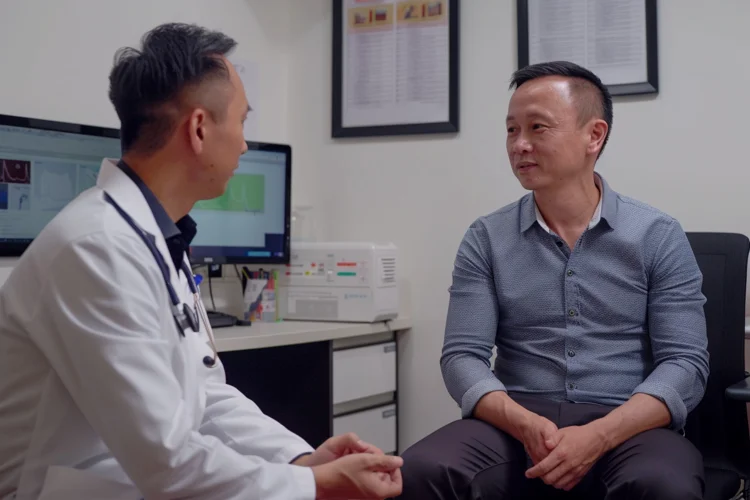
Benefits of Liver Elastography
While liver biopsy is considered the gold standard for diagnosing liver disease, elastography complements liver function blood tests to provide insights into liver health, offering significant benefits such as:
- Non-Invasiveness: Eliminates the need for needles or surgical intervention, reducing the risks of bleeding and infection.
- Suitable for Ongoing Monitoring: Generally considered safe for repeated use, making it ideal for long-term liver health monitoring.
- Fast Results: Typically provides results promptly, aiding in timely clinical decision-making.
However, certain factors can affect accuracy, including obesity, excessive alcohol intake, and severe liver inflammation. Magnetic resonance elastography (MRE) generally offers more precise readings in complex cases compared to ultrasound-based methods.
Cost of Liver Elastography
At ATA Medical, we provide a variety of tests to assess liver health, with the prices as follows:
| Test | Price* |
|---|---|
| Consultation | $49.05 |
| Ultrasound Liver | $150.42 |
| Ultrasound Elastography | $196.20 |
| Magnetic Resonance Elastography (MRE) | $566.80 |
|
Liver Function Test A Total Bilirubin, Alkaline Phosphatase [ALP], ALT/SGOT, AST/SGPT, Gamma GT |
$30.52 |
|
Liver Function Test B Total Bilirubin, Alkaline Phosphatase [ALP], ALT/SGOT, AST/SGPT, Gamma GT, Total Protein, Albumin, Globulin, A/G Ratio) |
$34.88 |
|
Liver Function Test C Total Bilirubin, Alkaline Phosphatase [ALP], ALT/SGOT, AST/SGPT, Gamma GT, Total Protein, Albumin, Globulin, A/G Ratio, LDH, Hepatitis Bs Antigen & Antibody, Hepatitis A Total IgG, Alpha Fetoprotein [AFP]) |
$91.56 |
How Do I Book a Liver Elastography Appointment?
ATA Medical @ Orchard
Nearest MRT: Orchard Boulevard Station (TE13)
Contact Number: 6223 0682
Email: camden@atamed.sg
Opening Hours:
Mon - Fri: 8:30 AM to 12:30 PM, 1:30 PM to 5:30 PM
Sat: 8:30 AM to 12:30 PM
Sun & PH: Closed
ATA Medical @ Tanjong Pagar
Nearest MRT: Tanjong Pagar Station (EW15)
Contact Number: 6223 0682
Email: hi@atamed.sg
Opening Hours:
Mon - Fri: 8:30 AM to 12:30 PM, 1:30 PM to 5:30 PM
Sat: 8:30 AM to 12:30 PM
Sun & PH: Closed
